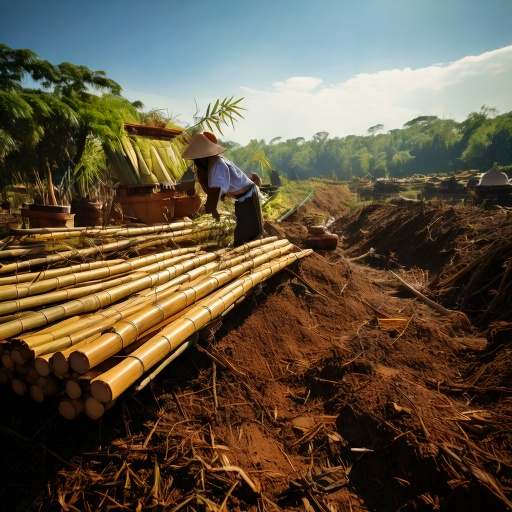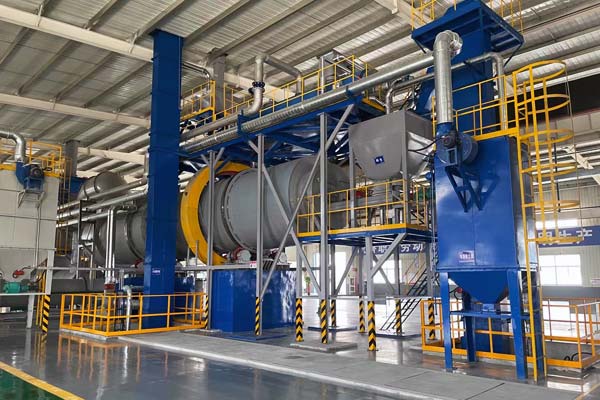Biomass Gasification: Powering the Ecoladang Ecosystem Sustainably
The Biomass Gasification unit is the foundational energy solution for the Ecoladang ecosystem. It represents our commitment to energy independence and transforms agricultural residue—a costly disposal liability—into a reliable, clean, and dispatchable power source.
This unit ensures the continuous operation of all critical infrastructure, primarily the high-value Cultivation & Agriculture Services (Pillar 3) and the data-intensive Private Compact Data Space (PCDS, Pillar 2). This critical energy step converts waste into the operational power required for drying ovens, processing facilities, workshops, and climate control systems.
The Core Process: Clean Syngas for Electricity Generation
The Conversion Steps
1. Feedstock Preparation (The Input):
- Agricultural waste (such as palm fronds, bamboo chips, or other high-cellulose residue) is sourced from partner farms.
- This material is dried, shredded, and screened into uniform pieces to ensure consistent quality and optimal thermal efficiency within the reactor.
2. The Optimized Reactor (The Process):
- The feedstock is heated in an optimized reactor vessel under carefully controlled, sub-stoichiometric (limited oxygen) conditions.
- The heat breaks down the complex organic molecules in the biomass through processes like drying, pyrolysis, and reduction.
3. Syngas Output & Cleaning:
- The primary output is Syngas, a clean, combustible fuel gas primarily composed of Hydrogen H2, Carbon Monoxide (CO), and Methane (CH4).
- Before entering the engine, the raw Syngas undergoes essential scrubbing and filtration to remove particulates and tar residues. This step is critical for protecting the specialized gas engines and ensuring stable, long-term power generation.
4. Energy Generation:
The cleaned Syngas is piped directly to robust, specialized gas engines.
These engines convert the chemical energy into stable, dispatchable electricity (400V) for the PCDS units and the wider farm infrastructure. Excess heat is captured for thermal energy needs (e.g., drying chambers).


Core Infrastructure
The next stage in this pillar, Biomass Carbonization, takes the solid output from this process and turns it into our first high-value commercial and agricultural product. Do you want to review and expand that page next?